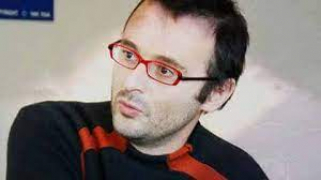– Europe/Lisbon
Online

Geodesy of irregular small bodies via neural density fields: geodesyNets
The problem of determining the density distribution of celestial bodies from the induced gravitational pull is of great importance in astrophysics as well as space engineering (thinking of situations where spacecraft need to perform orbital and surface proximity operations). Knowledge of a body density distribution provides also great insights on the body's origin and composition. In practice, the state-of-the-art approaches for modelling the gravity field of extended bodies are spherical harmonics models, mascon models and polyhedral gravity models. All of these, however, while being widely studied and developed since the early works from Laplace, introduce requirements such as knowledge of a shape model, assumption of a homogeneous internal density, being outside the Brillouin sphere, etc...
In this talk, we introduce and explain Neural Density Fields, a new approach to represent the density of extended bodies and learn its accurate form inverting data from gravitational accelerations, orbits or the gravity potential. The resulting deep learning model, called geodesyNets is able to compete with classical approaches while solving most of their limitations. We also introduce eclipseNets, a deep learning model based on related ideas and able to learn the eclipse shadow cones of irregular bodies, thus allowing highly precise propagation and stability studies.